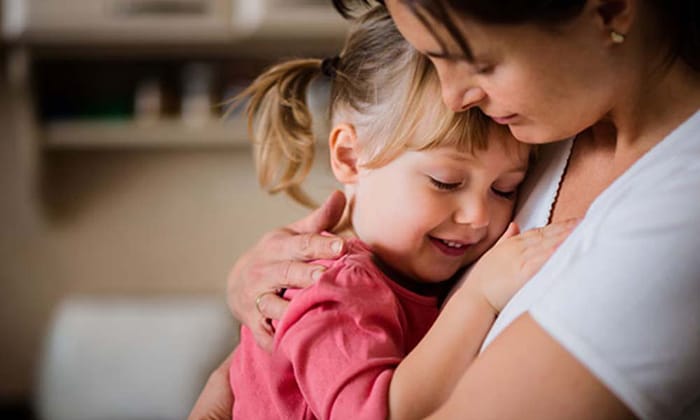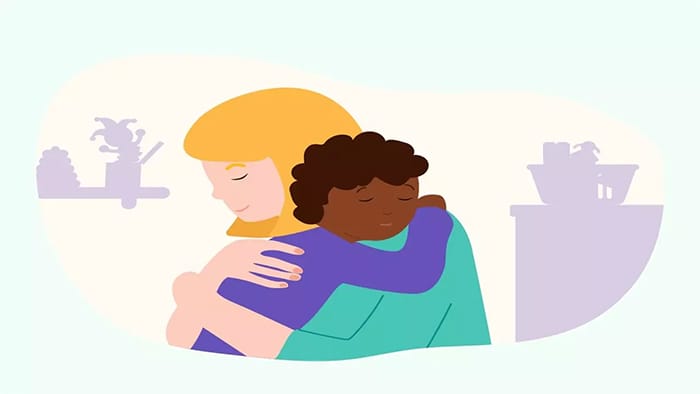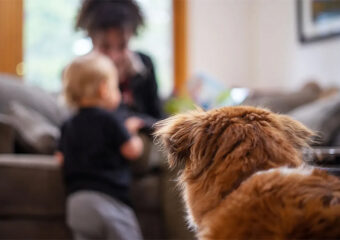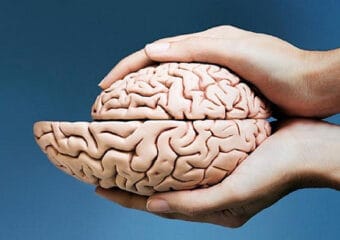
Blog
Attachment styles

Attachment styles develop as emotional patterns in our earliest bonds with caregivers. These styles have a significant impact on a child’s growth and development and also influence emotional interactions in adulthood. Being aware of your own attachment style (secure, anxious-ambivalent, avoidant, or disorganized) can help you better identify and manage potential challenges in your romantic relationships.
فهرست عناوین
ToggleDefinition of Attachment
Attachment is recognized as a deep and enduring emotional relationship involving the exchange of feelings, care, and pleasure. The roots of attachment research trace back to Freud’s theories about love, but John Bowlby is widely regarded as a pioneer in this field and is known as the “father of attachment theory.”
Based on the attachment theory developed by British psychiatrist John Bowlby and American psychologist Mary Ainsworth, the quality of emotional bonds experienced in childhood significantly affects how individuals relate to others and respond to intimacy throughout their lives.
John Bowlby conducted extensive and precise research on attachment, defining it as a “lasting psychological connection between people.” He believed that early childhood experiences play a crucial role in shaping personality and future behaviors.
Characteristics of Attachment
Bowlby identified four key features of attachment:
- Proximity Maintenance: The desire to stay close to those we are attached to.
- Safe Haven: Returning to the attachment figure as a source of comfort and safety when facing fear or threat.
- Secure Base: The attachment figure acts as a secure base from which the child can explore the surrounding environment.
- Separation Distress: Anxiety experienced in the absence of the attachment figure.
These features highlight the importance of attachment in emotional and social development and have profound effects on human relationships.
Bowlby also emphasized the evolutionary aspect of attachment, believing that the drive to form strong emotional bonds with specific individuals plays a vital role in human survival. In other words, attachment is not only an emotional need but also functions as a survival mechanism.

The Four Different Attachment Styles
Four main attachment styles have been identified. Besides the broad categories of secure and insecure attachment, there are three subtypes of insecure attachment, which together form these four attachment styles:
- Secure Attachment Style
- Anxious Attachment Style
- Avoidant Attachment Style
- Disorganized Attachment Style
Secure Attachment
People with a secure attachment style usually experience empathy and the ability to set appropriate boundaries in their relationships. They generally feel more secure, stable, and satisfied in close relationships. They are not afraid of being alone and can easily develop meaningful relationships.
Secure Attachment Style and Adult Relationships
Having a secure attachment style does not mean a person’s relationships are without challenges or problems. Rather, these individuals feel secure enough to take responsibility for their mistakes and failures and seek help and support when necessary. These qualities allow them to act effectively in the face of difficulties and benefit from personal and relational growth.
Relationship with Primary Caregiver
As a person with a secure attachment style, your primary caregiver likely was able to communicate effectively with you during infancy. This caregiver managed their own stress well and helped soothe you during times of anxiety. This kind of connection gave you a sense of security and comfort and responded consistently to your changing needs.
Obviously, no parent or caregiver can be present 24/7. To develop secure attachment in a child, continuity and sufficient attention from the caregiver are important but do not require perfection. In fact, when your caregiver was unable to understand your nonverbal cues, they probably tried to identify your needs and maintain the secure attachment process.
Anxious Attachment Style (Ambivalent)
The anxious attachment style, also known as ambivalent, refers to a condition where individuals have a strong need for attention and emotional closeness. These people often feel anxiety and uncertainty about their relationships and may experience low self-esteem. They tend to become overly dependent on others while simultaneously worrying whether others also desire closeness and intimacy with them.
Suggested article: Dependent Personality Disorder
Anxious Attachment Style and Adult Relationships
Individuals with an anxious attachment style may suffer from excessive clinginess to others and experience a constant need for love and attention. They might become emotionally drained due to fear and anxiety about their partner’s true feelings. Intense feelings of dependency and worry about rejection can affect the quality of their relationships and lead to maladaptive behavioral patterns in emotional interactions.
Relationship with Primary Caregiver
Typically, the parents or primary caregivers of those with an anxious attachment style have been inconsistent in their parenting approaches. These caregivers sometimes respond to the child’s needs but at other times are unavailable or distracted. This inconsistency in responding to the child’s emotional needs can result in feelings of uncertainty and anxiety. These early experiences may form a pattern for emotional behaviors in adult relationships, causing the individual to face similar challenges in their own relationships.

Avoidant Attachment Style (Dismissive-Avoidant)
The avoidant attachment style refers to characteristics of adults who tend to avoid intimacy and emotional closeness in their relationships. Unlike those with an anxious (ambivalent) attachment style, these individuals cautiously avoid seeking closeness and prefer to keep distance from dependence on others. They usually do not want to rely on others and expect that others will not become dependent on them either.
Suggested article: Dependence and Affection
Avoidant Attachment Style and Adult Relationships
People with an avoidant attachment style typically face challenges in establishing emotional intimacy. They place a strong emphasis on independence and freedom and may feel uncomfortable or suffocated in emotional situations. These feelings can lead to emotional distancing in romantic relationships and prevent them from getting close to others.
Relationship with the Primary Caregiver
The avoidant-dismissive attachment style usually originates from childhood experiences, especially in interactions with parents or primary caregivers. These parents may have been unavailable during infancy or may not have responded adequately to the child’s emotional needs. Irregular and unpredictable responses to the child’s emotional needs cause the child to emotionally distance themselves and try to self-soothe. Gradually, this experience creates a pattern of avoiding intimacy and emphasizing independence in adulthood, even when this independence and avoidance of intimacy leads to feelings of discomfort.
Disorganized Attachment Style
The disorganized attachment style, also referred to as fearful-avoidant attachment, is a type of insecure attachment that often results from traumatic childhood experiences such as neglect or abuse. Adults with this attachment style usually feel undeserving of love and intimacy in their relationships, and these feelings can deeply affect the quality of their relationships.
Disorganized Attachment and Adult Relationships
People with disorganized attachment may face challenges in managing their emotions. Due to not having learned the necessary skills to soothe their feelings, they may experience fear and insecurity in both their relationships and interactions with the world around them. Traumatic childhood experiences can lead to the repetition of harmful behavioral patterns in adulthood, which in turn cause unhealthy communication patterns.
Relationship with the Primary Caregiver
Disorganized attachment usually stems from early experiences with primary caregivers. If the primary caregiver has unresolved trauma, this can cause intense fear and confusion regarding emotional relationships. Parents act as sources of both fear and comfort for the infant, and this situation can create confusion about relational dynamics. In some cases, lack of attention to the child’s emotional needs or irregular and chaotic parental behaviors may be frightening and damaging to the child. These experiences can lead to the formation of inefficient communication patterns in adulthood and affect the quality of emotional relationships.

Is my relationship with my primary caregiver during childhood the only factor affecting my attachment style?
Extensive research on attachment theory has primarily focused on the relationship between the child and their primary caregiver during infancy, especially in the first 18 months of life. However, there are multiple influences that can affect a person’s attachment style. For example, friendships and romantic relationships throughout life can influence how a person responds to emotional cues. Even if someone had a secure attachment in childhood, experiences such as betrayal or other challenging events may lead to the development of insecure attachment later in life.
Moreover, a person may experience different attachment styles with different individuals. Due to past experiences, some people may feel more secure in relationships with certain individuals. This diversity in attachment styles reflects the complexity of human relationships and their reciprocal impact on an individual’s psychology.
برای مشاوره رایگان و رزرو وقت (یا اگر تماس گرفتید و قادر به پاسخگویی نبودیم) شماره تماس خود را وارد کنید. ما به زودی با شما تماس می گیریم!



